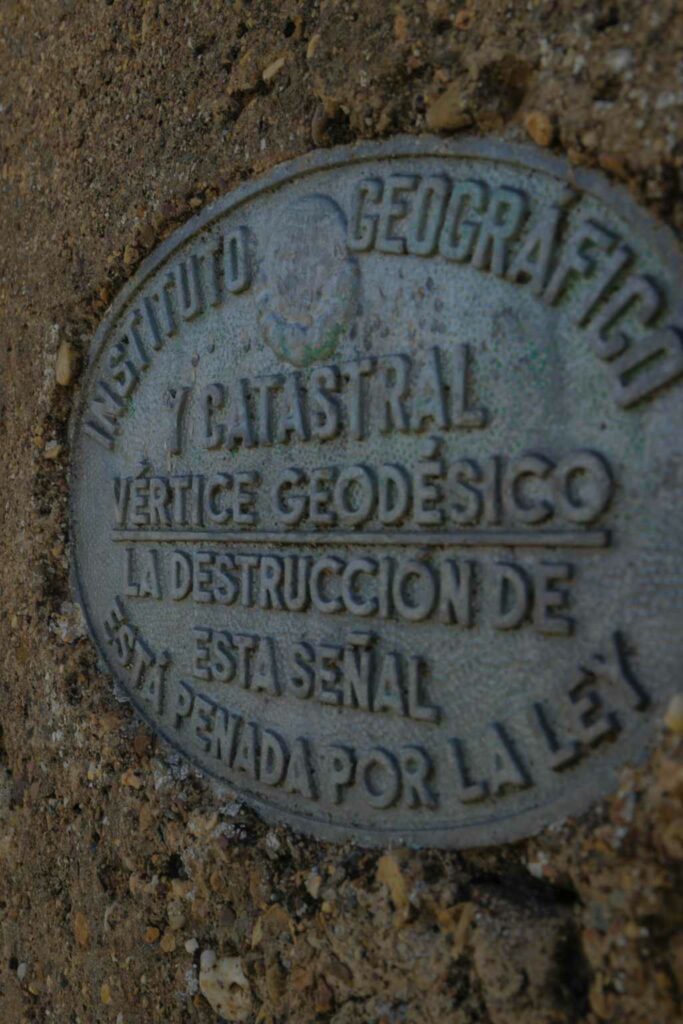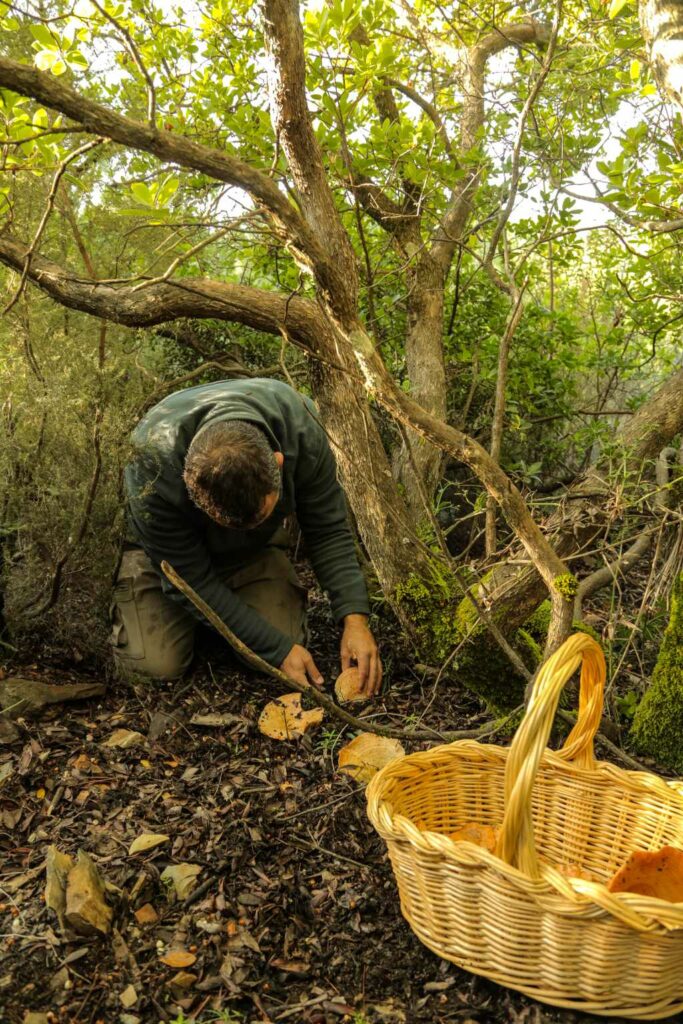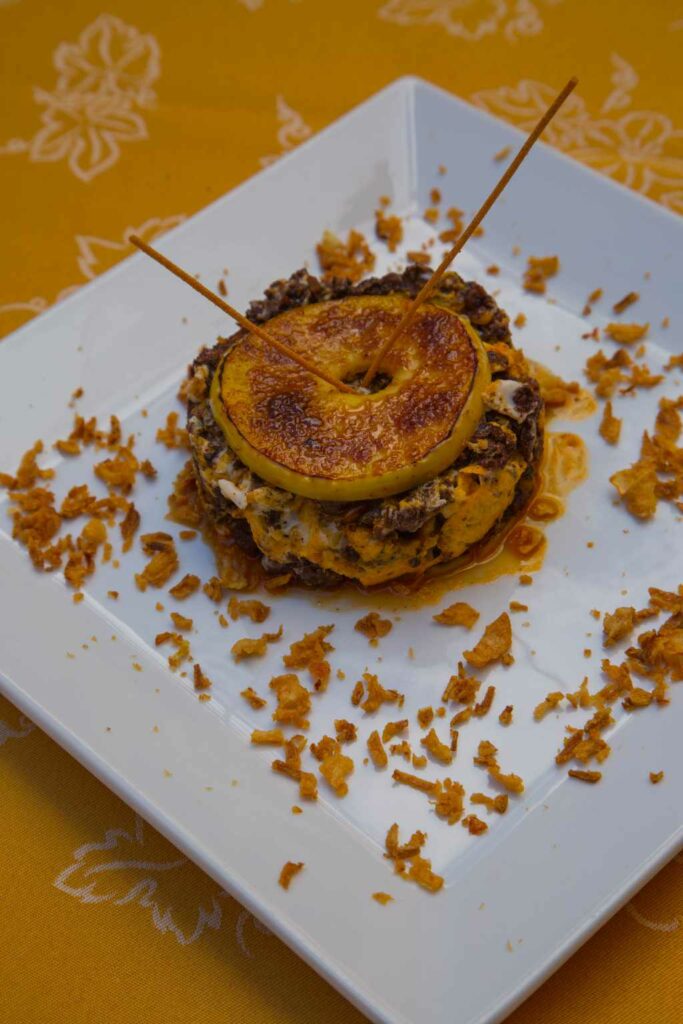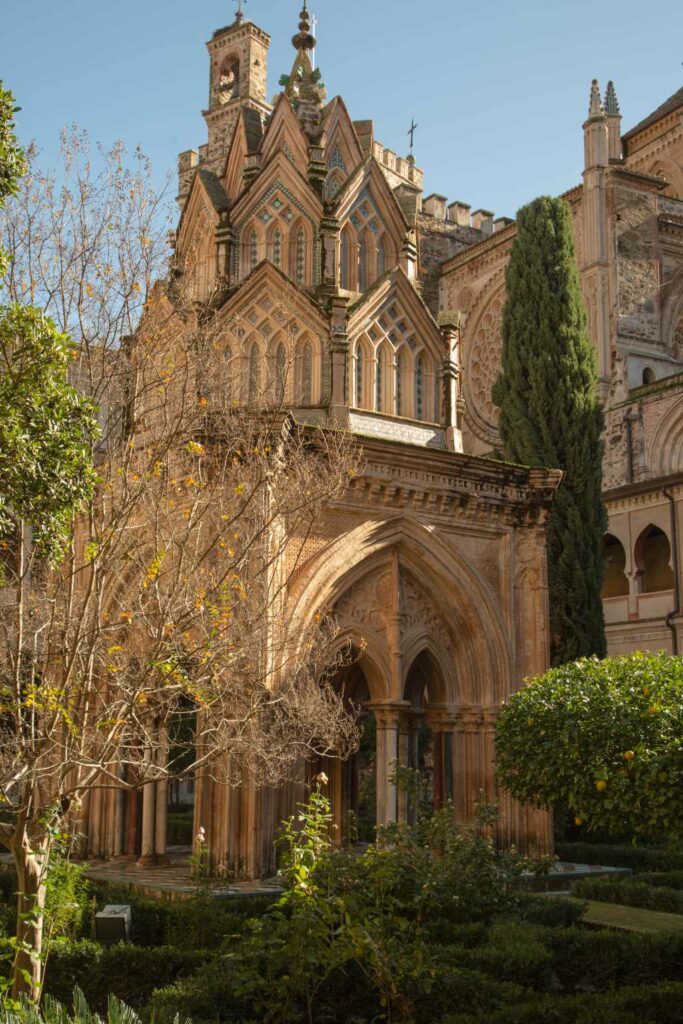Mozarabic Road
A little history…
Mozárabe is the name given to Christians who lived in Muslim territory, and comes from the word musta’arabib (Arabized). There were large Mozarabic communities in the south of the peninsula, the most important being those of Mérida, Seville, Granada and Córdoba. As is logical, the pilgrims took advantage of the main communication routes of the time, we are talking about the road that went from Córdoba to Medellín, Mérida, Cáceres, Alcántara and later Coimbra and Porto. Our pilgrim used it only as far as Magacela, to continue through Las Vegas del Guadiana between Villanueva de la Serena and Logrosán and then connect with the current Villuercas Nature Trail to our destination in Guadalupe. As we have previously commented, in our first stage of the path we will use the old Roman road that linked the Betic area with the Lusitanian area, coinciding with the Santiago pilgrim who took advantage of this thousand-year-old artery to go to Mérida and take the Vía de la Plata. The Romans paved the road and provided it with bridges, milestones (large granite blocks that indicated the miles) and mansios (places for travelers to rest, the origin of some current towns). Arabs and Christians used it massively during the struggles for the lands of the plateau, and its use as a pilgrimage route to Santiago and Guadalupe, under the name of Camino Mozarabe, was also influential. The bull of Benedict XII in the fourteenth century thus ratifies it, it was the result of the concerns of King Alfonso XI, who wanted to locate the great Marian sanctuary of Castile in Guadalupe to counteract the excessive preponderance of Santiago de Compostela as a place of constant pilgrimages, control the western borders, attract people to this area and encourage animal trafficking through the royal ravines to the lands of Extremadura and Andalusia. The fruitful cultural contact between Christians and Muslims, between Mozarabs and Mudejars, produced magnificent architectural and artistic encounters throughout the Late Middle Ages. And the greatest example of what we are exposing can be found in Guadalupe, with its monastery in the clear Mudejar style, the result of the initially peaceful coexistence of Jews, Mudejars and Christians. We will find other examples in Magacela, Logrosán and Cañamero, with important fortifications after the Arab settlements and their subsequent conversion and adaptation into Christianized castles. From the 14th century, with the discovery of the Virgin of Guadalupe, the Roman road, which linked the southwest of the peninsula with the northwest, also began to be traveled by Mozarabic pilgrims, who obtained from Córdoba the safe-conduct that allowed them to cross the border between Al -Andalus and the Christian kingdoms.Guadeloupe Tourist Office
Plaza Santa María de Guadalupe, 10140 · Guadalupe
Tel: 927 154 128
oficinadeturismo@ayuntamientodeguadalupe.es
Aprodervi
Calle Zorilla, 1
10136 Cañamero · Cáceres
Tel: 927 369 429
Fax: 927 369 196
www.aprodervi.com.es



